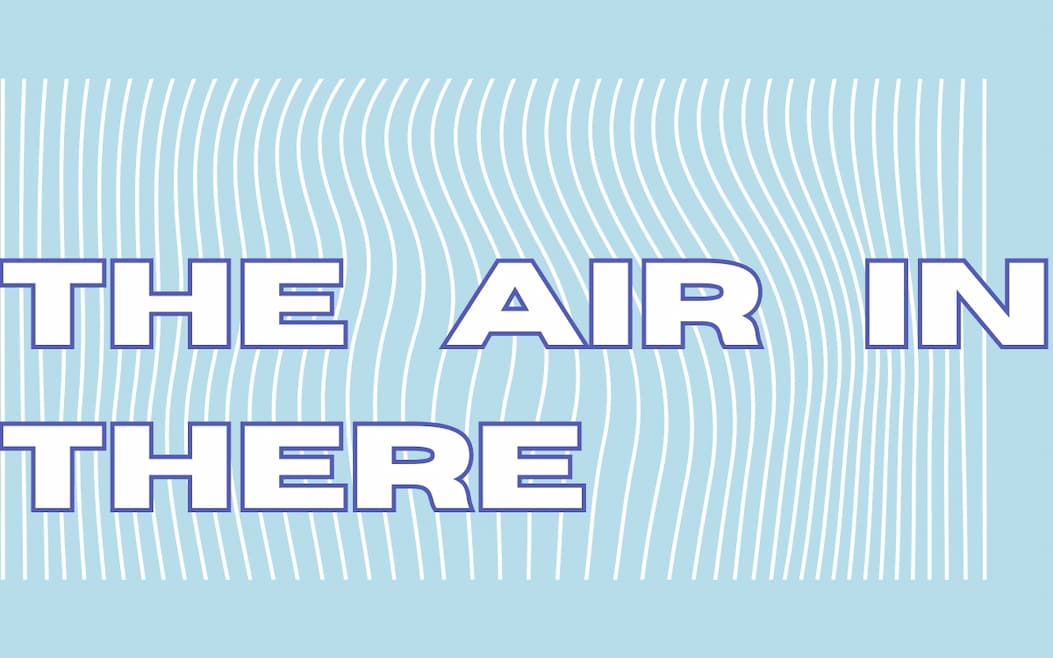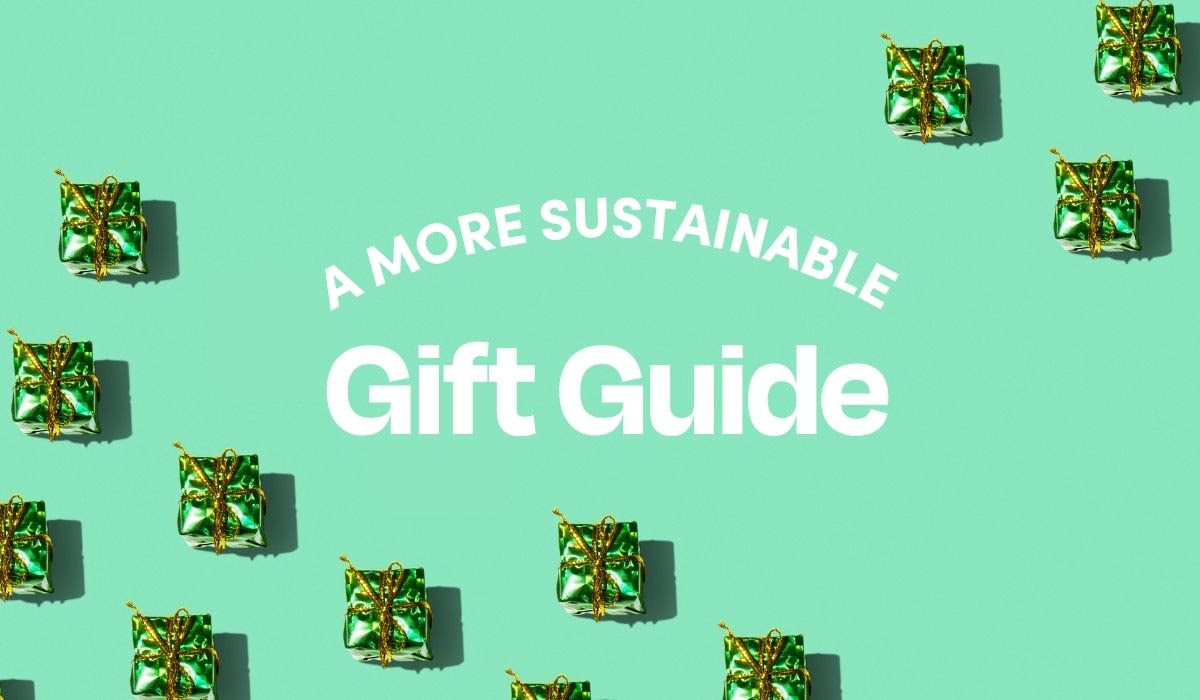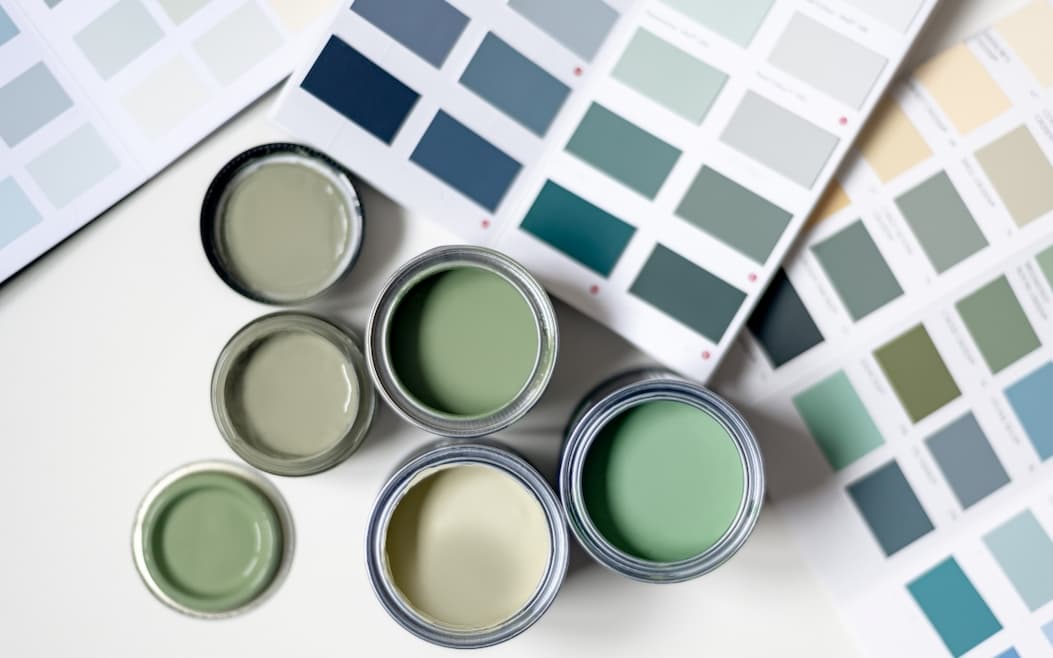How to Choose Sustainable Baby Wipes

Properly disposing of used baby wipes is the best way to help the environment – never flush them down the toilet! If you want to do one better, avoid wipes made with fragrances, parabens, and sulfates. If you’re looking to cut down on plastic and landfill waste, opt for reusable, washable baby wipes over disposable ones.
Ingredients & Materials
Polypropylene
Unfortunately, the cloth part of most baby wipes is made of plastic-based materials like polypropylene. This is one of the most widely-produced commodity plastics because it’s sturdier, which means it’s also not as easily recyclable as some other plastics. Our issue with polypropylene is that since it’s a plastic, it’s derived from petroleum, aka crude oil. We extract it from the earth’s crust by drilling and fracking, which have a host of negative environmental consequences (*cough*, oil spills, *cough*) that are not infrequent and can devastate already fragile wildlife populations. The environmental effects of drilling overwhelmingly impact people of color and low-income folks, who are more likely to live in communities near these sites. If you’re using disposable baby wipes, it will be tricky to avoid plastic-based cloth. To avoid this material, you could always use reusable cloths to wipe your baby’s bottom, but then you’ll need to be wary of the associated emissions that come from washing those cloths. If you’re sticking with single-use baby wipes and want to reduce their ecological impact, then make sure they don’t contain the ingredients below.
Synthetic Fragrances
The most elusive ingredient of all might be fragrances. That’s because fragrances are protected from disclosure. While “fragrance” might appear to be one ingredient on the label, that word could potentially comprise hundreds of chemical compounds just for one scent! It’s not the scent that worries us, but phthalates, which enable fragrances to become soluble. They are known endocrine disruptors in both humans and aquatic life and can even lower the production of testosterone. Studies have found that prenatal exposure to phthalates can decrease mental and motor development in children. Our advice is to protect your children from unnecessary harm and look for baby wipes that are fragrance-free and phthalate-free.
Parabens
Parabens are cheap preservatives that are used to prevent the growth of mold and harmful bacteria. They have been associated with endocrine disruption in humans, and certain kinds can kill coral, even at low levels of exposure. After a 2004 study concluded that the presence of parabens may spur the growth of breast cancer cells, the public backlash led some cosmetic companies to start removing parabens from their products. However, additional studies of the effect of parabens on our health have proved inconclusive, and the FDA currently approves the use of parabens in cosmetic products. We recommend avoiding them (and luckily many baby wipes are paraben-free).
Sulfates
Sulfates are a kind of surfactant, which is used to clean and create the foam we know and love. Sodium lauryl sulfate, also known as SLS, is an emulsifying cleaning agent sometimes found in soap. It’s used to break down and wash away the dirt and grime that water can’t get rid of on its own. It also happens to be a highly toxic threat to aquatic life, from algae, to frogs, to fish. Although there is some debate on sulfates, the World Health Organization (WHO) unequivocally states that SLS “...is toxic to aquatic organisms. It is strongly advised not to let the chemical enter into the environment.”
Waste
It pains us to say this, but the trash bin is the safest place for baby wipes to go after being used. Wipes that get flushed down the toilet can clog, damage, and destroy wastewater equipment and municipal sewer systems. The wipes cluster with congealed food fat to form large blockages, known as fatbergs. Fatbergs are a combination of non-biodegradable solids (like baby wipes) and fat (like bacon grease or other foods) that end up in our pipes and cause serious problems. Fatbergs each cost thousands of dollars to remove...which often falls to taxpayers. In New York in 2018, the removal of fatbergs cost more than $18 million.
Be skeptical of any “flushable” or “septic-safe” labels, which are misleading marketing techniques and not backed up by any specific regulations. Since most baby wipes are made from plastics, they will never fully break down and will instead continue to terrorize the planet in the form of microplastics. These plastic particles are less than 5 millimeters in size and can end up in our oceans via wastewater treatment systems across America. From there, these microplastics can pollute our oceans and eventually disrupt the digestion of marine animals.
As an alternative, you could try using washable cloth baby wipes with baby-safe soap to reduce waste, but it’s not necessarily a silver bullet. Washable cloths still need to be washed after one use, so the energy-associated emissions that come from machine washing and drying cloths could be significant.
Certifications
Here are some certifications to look for when shopping this category.

Leaping Bunny is an internationally recognized symbol that guarantees no new animal tests were conducted on any of the ingredients in a product. It’s the most stringent animal rights standard, so prioritize this one if you want to alleviate your animal welfare concerns.

PETA’s Cruelty-Free offers a searchable database of companies and denotes whether they conduct, commission, or test their products on animals.

The Environmental Working Group has created a database that aims to be the gold standard in rating personal care products based on their ingredients, ensuring products are free from the chemicals of concern to human health that are outlined in their unacceptable list. Look for the EWG logo to make sure you’re avoiding those pesky ingredients.
Join today to get access to product recommendations,
unlimited articles, and exclusive weekly content.
(16% discount)
Already a member? Log in.
Choose Wisely with Finch

Baby Wipes Multi-Pack
These wipes are made wih aloe and vitamin E, and 99% natural origin which comes from the ISO 16128 standard, determined by the weight percentage of natural ingredients, and natural portions of derived natural ingredients.
.svg)
.svg)

Bamboo Baby Wipes
These wipes are made from renewable bamboo and pulp-based viscose. They'rte free of plastic and tree fibers.
.svg)
.svg)

The Wipe
These wipes are 99% purified water, up to 30% larger than others and made with 100% plant-based fibers. Plus, it's FSC-certified.
.svg)
.svg)

Our Wet Wipes
Made with 100% water and plant-based materials, also Totally Chlorine Free (TCF), and sourced from sustainably sourced FSC-certified wood pulp.
.svg)
.svg)

Natural Bamboo Fiber Baby Wipes
These biodegradable baby wipes are made out of bamboo fibers, along with a certification from Ecocert. It's SkinSAFE approved and hypoallergenic.
.svg)
.svg)

Organic Wipes
These wipes are made with organic cotton cloth (certified by The Soil Association), suitable for sensitive skin, biodegradable and compostable.
.svg)
.svg)
Learn more about our sources and methodology
LEARN MORE









